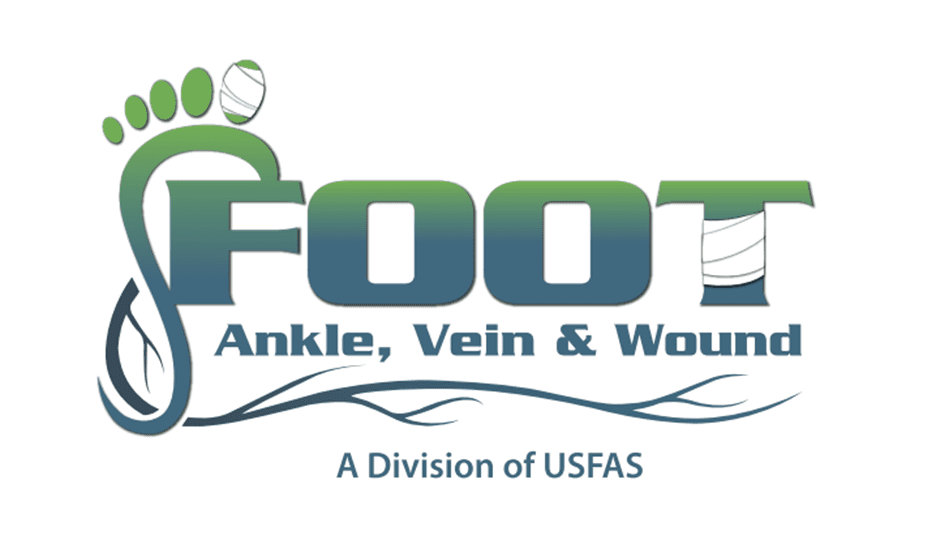
For developing children, a body can go through a ton of change. Whether teeth are falling out, clothes are being outgrown or even growth spurts that will leave your child knobby kneed and wiry, change can be completely normal.
But what about when it’s not?
During growth, some kids go through changes that don’t seem to quite fit the norm, developing later into problems that follow them into their adulthood.
Their legs and feet might not be doing what they’re supposed to or might not work in the exact way they should. Fortunately, however, most of these issues don’t stay with them into their later years and can even be corrected—to an extent.
Here are some foot and leg problems that young children may face:
1. Pigeon Toes: If your child seems to be walking with their feet turned inwards, don’t be alarmed—this is actually quite a common foot condition in kids. They also don’t differ based on gender and can be seen in both boys and girls. Fortunately, for most kids who suffer from this “condition”, their feet will straighten out without medical intervention.
This condition can be seen with just one foot or both feet, and can have a variety of a host of problems. The root of pigeon toes can be found in either the foot, lower leg (tibia) or upper leg (femur).
As we mentioned, this condition can straighten itself out—literally—but if your child’s feet are still stiff or remain facing inward, we suggest for you to visit your podiatrist.
2. Bowlegs: If you’ve seen the way a bow looks in a bow-and-arrow, it will help you identify bowlegs. This condition is when someone is standing straight and their legs are resembling the outward curve of the bow, with their feet and ankles together but their knees apart.
The bowlegged condition can stem from even before a baby’s birth, if their legs were folded across their stomachs while still in the womb.
Fortunately, most children’s legs with this condition will tend to straighten out, however, if the condition continues well after their third birthday, a trip to the podiatrist is overdue.
3. Flat Feet: In a normal, standard case, the bottom of the feet have some degree of an arch underneath it—from the toe to the heel. This sort of degree will range from one person to the next, with even adults having some sort of flexible type of flat feet.
In most cases, arches are developed a couple of years after the baby is born—once they have been walking for a little while. This medial arch is then formed through the flexibility and strengthening of muscles, ligaments, and bones.
However, if you notice that your child has foot pain, if they don’t seem to have a visible arch—especially by the age of six, this means that might have developed a flat foot condition. About one in seven children might never develop that full arch—but this sort of pain can be solved with arch support.
Fortunately, wearing flexible shoes can make a difference, helping your child develop a healthy arch. Only in rare cases is surgery or an extreme measure taken like that necessary.
4. Knock-knees: Just the opposite of the bowleg condition, knock knees are seen in children where the legs are inward at the knees and the ankles and feet are then separated.
If you notice this condition around the age of three or five, it is more normal than you may think. However, if the child has grown past six years old and is still suffering from this condition, you will want to get medical attention.
5. Outward Turning Feet: This sort of condition is normal in older people, however, it can be seen in young children too. If you notice your child walking with their feet turning outwards, or out-toeing, don’t worry—it is normally resolved with posture and balance. However, if you notice that it causes pain, only is present in one leg or extremely severe, you should definitely consult a health professional.
Those five problems are some of the most common feet or leg problems that children tend to have.
However, there are a few troubling symptoms that should provoke you to have your child seen by a specialist or a podiatrist. If you are especially worried about your child’s gait, some of the symptoms to look out for are:
• Toes that are abnormal in shape or size
• Pain or limping while walking
• Persistent or painful ingrown nails
• Bunions or Hammertoes
• Sudden change in the manner of walking while still growing
Of course, shoes are not necessarily miracle workers, but a proper shoe can also help. When you are trying out new shoes for your toddler or young child, make sure that the shoe will have enough wiggle room for his or her toes, have a flexible sole, and laces or straps that your child can adjust.
If you ever notice a change in the way your child walks or definitely notice a difference between your child and the other children their age, this might be a health concern, it’s always best to consult us and your child’s pediatrician about any issues you think your child may have.

